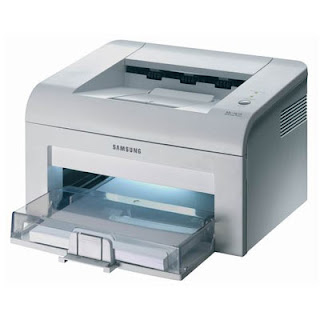As mentioned in a previous post I'm integrating one of the big 288x288 VideoHub routers - 572 3G High Def video connections (mix of coax and single-mode optical) and 288 RS422 remote ports. The thing is not very deep (maybe 100mm) and only 18u high and therein lies the problem; how do you cable it neatly and in a state where re-configuring/maintaining it is possible? Each of the 96 interface cards has either eight BNCs or four duplex-LC optical connectors and there is a proprietary 4-way RS422 port in the centre of each card.
In the left-hand image you can see we've taken the optical feeds up the right-hand side of the bay so they can come over the top of the patch panels where all of the facilities single-mode tielines (all run in loose-tube cable!) terminate - top of the right-hand picture. Many of the rooms are nearly 100m away from the CAR and so for reliable 3G performance SMPTE 297M is a must. Those pre-made single-mode patch cords are protected in Copex.
All the coax feeds got down the bay to CTPs in bays either side for all the incoming/outgoing jackfields. Nylon sock allows us to tame the coax and keep it neat.
The RS422 was the real challenge. As mentioned before they have a 1m pre-made cable that breaks out each card to 4 x 9-pin(D) connectors which we chopped off! These we ran into little 0.5u cat6 patch panels mounted on the intermediate rackstrip. In the LH picture they are the bundles running up the middle and in the right hand pic you can see the incoming feeds from the suites/VTRs/Avids etc.
This thing has been running reliably for a month now and I am staggered that BlackMagic can build and ship a 288x288 3G/RS422 matrix with fibre for sub £100k. You could make a real pigs ear of cabling one of these very easily which would limit it's utility. I think we've got it about as neat/maintainable as is possible.

















































